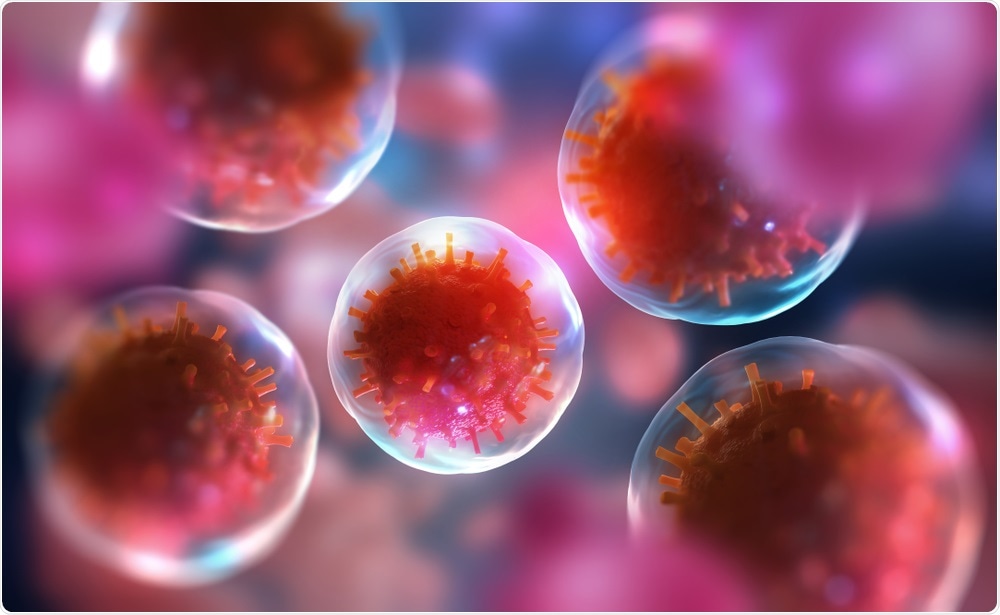Researchers at Showa University and the RIKEN Center for Biosystems Dynamics Research, Japan, have grown 3D salivary gland tissue that produces saliva when implanted in mice.
The development has important implications for patients with organ failure who would benefit from being able to recover at least some function of their salivary glands.
 Image Credit: Yurchanka Siarhei / Shutterstock
Image Credit: Yurchanka Siarhei / Shutterstock
When patients suffer from organ failure, it would be ideal if the organ could be regrown.
However, organogenesis is a complex process involving specialized stem cells that differentiate into specific tissues and are only present during early development.
An alternative is to use embryonic stem cells or induced pluripotent stem (iPS) cells, which can differentiate into any type of tissue, to grow 3D tissue that has a similar structure to a real organ.
As reported in the journal Nature Communications, Kenji Mishima and colleagues have now employed this method to successfully develop an organoid that resembles developing salivary glands in embryos.
Salivary glands can be damaged by an autoimmune disease called Sjogren’s syndrome or radiotherapy.
The glands are formed from a structure called the oral ectoderm, and although researchers know chemical signaling and changes in gene expression are involved in how the glands develop, they have been unclear on how exactly the process works.
Now, Mishima and team have started to unravel this process.
They found two transcription factors - Sox9 and Foxc1 - that are essential for stem cells to differentiate into salivary gland tissue.
They also pinpointed which signaling chemicals induce the expression of the transcription factors.
They then used a combination of chemicals that triggered the iPS cells to form the oral ectoderm and used viral vectors to make the cells express Sox9 and Foxc1.
Genetic analysis showed that this led to the formation of organoid tissue that closely resembled embryonic salivary glands.
Next, the team tested whether this organoid would function in an animal model.
They implanted the tissue into mice that were missing salivary glands and found that when they fed the mice citric acid, the mice responded by secreting a substance that was very similar to real saliva.
Mishima says it was incredibly exciting to find that the organoids actually functioned in living animals and that the development is an important proof of concept that organoids are a valid alternative to real organs.
We continue to work to develop functional tissues to replace the functions of various organs, and we hope that these experiments will soon find their way into the clinic and help patients suffering from a variety of disorders."
Kenji Mishima, Senior Researcher
Source
This news story is based on a press release issued by the RIKEN Research Institute, Japan.